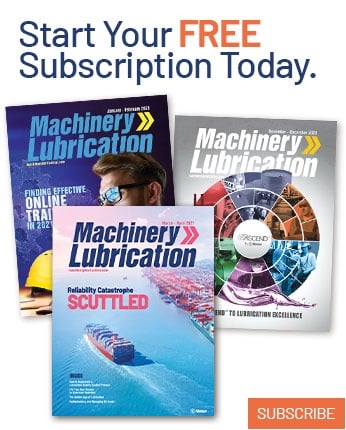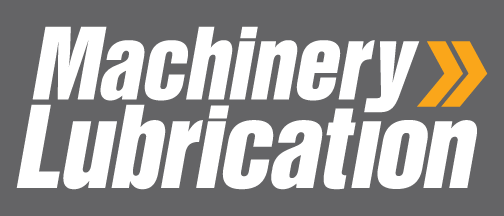 Root cause failure investigations are a common practice for analyzing a failure to lubricated equipment, but what about when a lubrication program fails?
Root cause failure investigations are a common practice for analyzing a failure to lubricated equipment, but what about when a lubrication program fails?
What should you do if your program doesn’t perform as anticipated or doesn’t provide the value that was expected from its implementation? Quality lubrication programs are supposed to present a higher level of reliability. So, what is the root cause when it doesn’t work out?
There may be many reasons, but often it comes down to a lack of ownership or a champion. This is crucial to keep up with key performance indicators (KPIs) and align maintenance and reliability goals. While being proactive with maintenance is fundamental, it can be difficult when personnel are left with uncertainty in their work tasks and shortcuts are too easily available.
To help error-proof your lubrication program, follow these tips:
Spread the Ownership but Maintain One Champion
Everyone needs to be incentivized by the success of a lubrication program. It’s easy for the executives to want this, as they gain from the profitability, but ownership must be realized and rewarded by the individuals making the specific efforts. Overall, there should be one champion who has complete focus on the program’s quality control and ensures nothing is falling behind.
Train Everyone Together and Frequently
Training is a vital part of any lubrication program, but when it’s done together as a team, there is a bit of comradery created that rallies everyone to make the needed efforts together. Buy-in is effective. If someone is left out or trained differently, then activities become misaligned.
Prioritize and Follow up Routinely
Every task must be prioritized because sometimes not everything can get done. Follow up is part of the ways to have a tracking metric. What gets measured gets done.
Keep Procedures Easy to See and Understand
One of the most effective lubrication programs I’ve seen was in a facility in India. Among the reasons attributed to its success was the efforts made in posting every routine procedure directly on the equipment so there was clear instruction every time. I would consider it best practice to keep procedures easily accessible and posted nearby and on the machines.
Track Compliance and Be Competitive
Again, I’m emphasizing more KPIs and tracking your progress. Visually post your progress and lubrication activities with metrics on walls that are seen constantly. This shows everyone why these activities are done and why they must continue.
Consider Ergonomics with Machine Inspections
The best inspections are those that are recognized by the untrained eye. For example, this would include using sight glasses that are installed next to a common walking path (not behind the reservoir against the wall) with the maximum and minimum levels clearly marked. Even better would be to post the name and phone number of the person to contact if these levels are breeched.
Update Your Tools and Technologies
The technology used in everyday life is drastically different than it was just 20 years ago, and so should the technology used to provide early indications of an issue.
Keep It Simple (KISS Principle)
IKEA is the master of providing assembly instructions in easy-to-understand procedures for their furniture in a box. This is accomplished by using simple directions written as images and obvious steps. Likewise, if your lubrication tasks are prepared to be easy to use and understand, they will be completed more often and more effectively.
This article was previously published in the 2018 Machinery Lubrication Conference Proceedings.


.jpeg)

